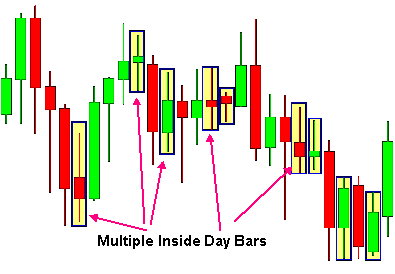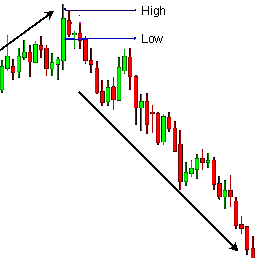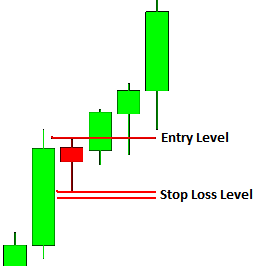The Best Time For Daily Forex Trading
Investors and traders can trade currencies worldwide, in any trading zone, 24 hours a day, in today's foreign exchange market. London, Japan and New York top the top three currency traders among the currency dealers. These currencies are being traded 24 hours a day. The only time that currencies stop trading is on Friday when the Japanese market shuts its doors. There is a one day window after Japan closes before Europe steps in on Monday morning to open for business.
The majority of trading comes from banks, brokerages and investment companies. Companies that sell and buy foreign currencies as part of their business, like independent brokers and currency dealers, make up only a small part of the foreign exchange currency trading. The Forex market will continue to develop and grow at a steady pace as more currency traders become aware of the foreign exchange markets potential for earning and raising capital. The Forex market reaches an average daily turnover 30 times higher than any other U.S. market.
Added to the drive for supply and demand, the Forex market presses on as the enormous scope for profit potential among the currency dealers is steadily rising. The Forex market also uses the free floating system that is considered more practical for today's foreign exchange market which can experience a change in the currency rates at an estimated 4.8 seconds. The Forex market is taking on a prodigious role in the country's economy, after developing from connective financial centers to one unified market. Having expanded worldwide, the Forex market is reflecting the constant growth of all international trades and their countries. When you consider the size of the foreign exchange market, it would be important to understand that any transactions that are made with a future trading broker or an independent broker, can lead to more transactions. This can be due to the brokerage businesses as they work to readjust their positions.
Understanding your overall portfolio and its sensitivity to market unpredictability is necessary in order to be an effective day trader. This is especially important when trading foreign exchange currencies, because these currencies are priced in pairs and no single pair will trade completely independently of the others. Gaining an understanding of these correlations and how they can change will help you use them to your advantage to control your portfolio's exposure.
There is a reason for the interdependence of foreign currency pairs. For instance, if you were trading the British pound (GBP) against the Japanese yen (JPY) or GBP/JPY pair, then you're trading a type of derivative of the USD/JPY and GBP/USD pairs. Therefore, the GBP/JPY must be slightly correlated to one or both of the other currency pairs. Even so, the interdependence amongst these currencies will stem from more than the fact that they are in pairs. While there are some currencies that will move one right behind the other, the other currency pairs can move in different directions often resulting in a more complex force. In the financial world, correlation is the statistical measure of a relationship between two securities.
Then there is the correlation coefficient that ranges between -1 and +1. The correlation of +1 indicates that two currency pairs can move in the same direction nearly 100% of the time. While the correlations of -1 indicates that two currency pairs are likely to move in the opposite direction 100% of the time. If the correlation is zero, this indicates that the relationships between the currency pairs will be completely at random.
Correlations are not always stable. Correlations change, just as the global economic system and other various factors can change on a daily basis, making the ability to follow the shift in correlations very important. The correlations of today may not be in line with the long-term correlations between any two-currency pairs. This is why it's suggested to take a look at the past six months trailing correlation to provide a more clear perspective on the average relationship between the two currency pairs. This change is the result of a variety of reasons — the most common... Read more
My Recommendation:
EA that earns astonishing 50% per month with low draw
Also compatible with with US brokers.
Also compatible with with US brokers.
Make deposit into your trading
account and get 250% instantly.






